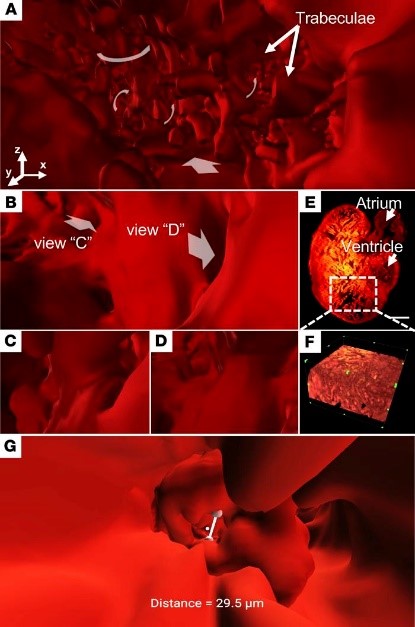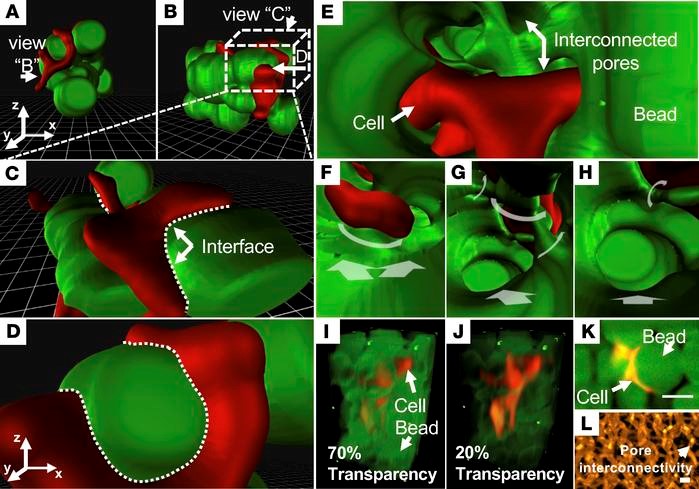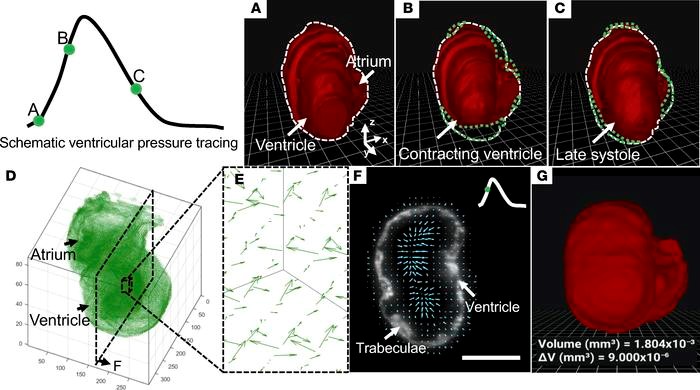
There is currently a limited ability to interactively study developmental cardiac mechanics and physiology. Researchers at UCLA combined light-sheet fluorescence microscopy (LSFM), constructed using continuous wave lasers from Laserglow, with virtual reality (VR) to provide a hybrid platform for 3D architecture and time-dependent cardiac contractile function characterization. By taking advantage of the rapid acquisition, high axial resolution, low phototoxicity, and high fidelity in 3D and 4D (3D spatial + 1D time or spectra), this VR-LSFM hybrid methodology enables interactive visualization and quantification otherwise not available by conventional methods, such as routine optical microscopes. They hereby demonstrate multiscale applicability of VR-LSFM to interrogate skin fibroblasts interacting with a hyaluronic acid-based hydrogel, navigate through the endocardial trabecular network during zebrafish development, and localize gene therapy-mediated potassium channel expression in adult murine hearts. They further combined their batch intensity normalized segmentation algorithm with deformable image registration to interface a VR environment with imaging computation for the analysis of cardiac contraction. Thus, the VR-LSFM hybrid platform demonstrates an efficient and robust framework for creating a user-directed microenvironment in which they uncovered developmental cardiac mechanics and physiology with high spatiotemporal resolution.
Design & Construction Of The Imaging System
The light-sheet imaging systems help to increase the working distance with sufficient spatial resolution needed to track organ development. The light-sheet microscope was built using continuous-wave laser as the illumination source. The detection module was installed perpendicular to the illumination plane, and it was composed of the scientific CMOS (ORCA-Flash4.0) and a set of filters (Semrock). During scanning, the sample holder was oriented by a 5-axis mounting stage. Both illumination and detection modules were controlled by a computer with dedicated solid-state drive redundant array of independent disks level 0 storage for fast data streaming.

